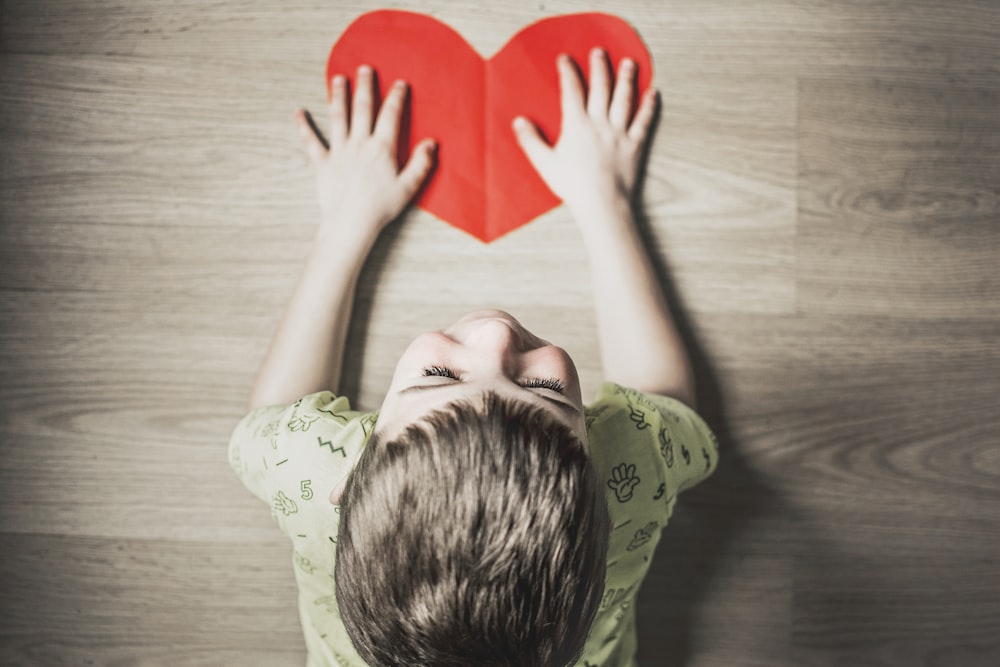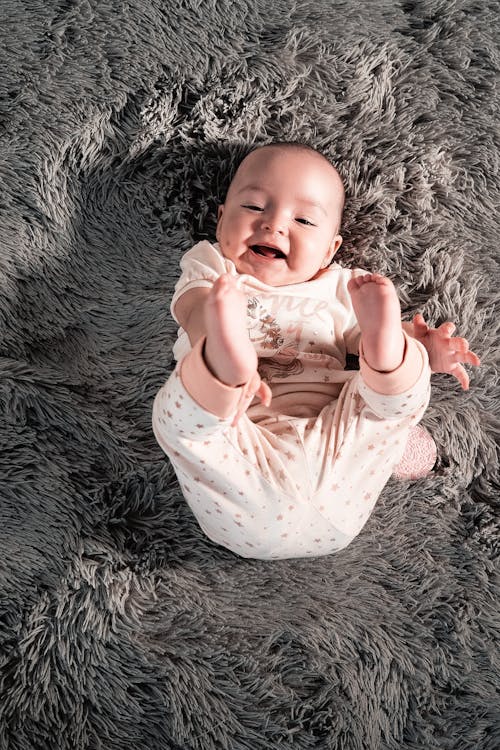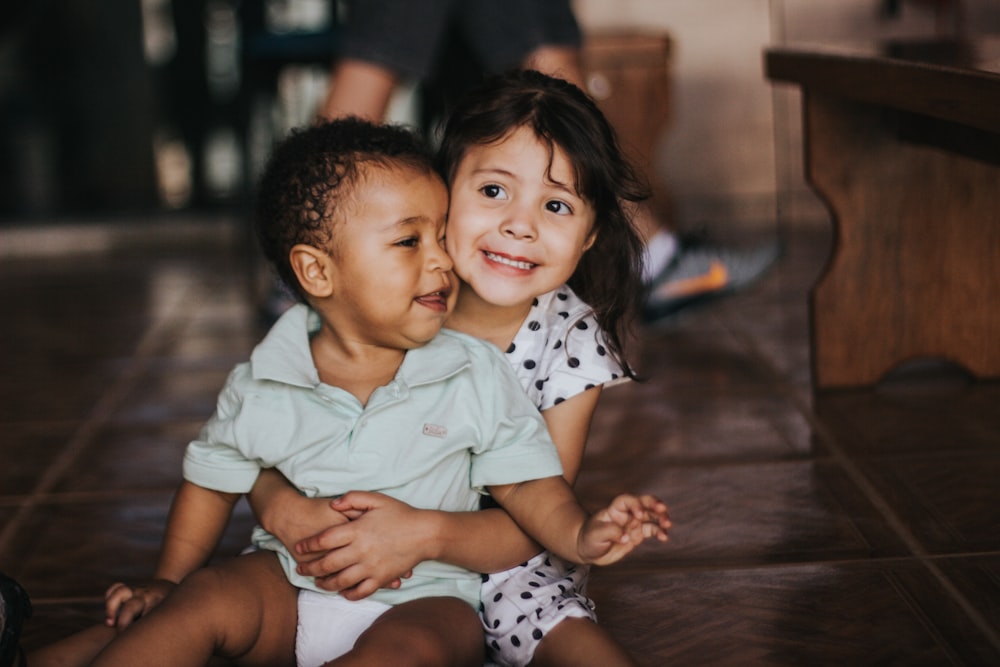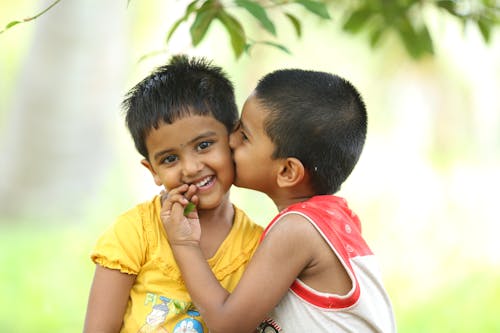As many parents have most likely noticed, children are curious by nature, especially when it comes to learning about sexuality. Children begin learning about sexuality as infants and continue learning throughout their lives; they begin to discover their bodies and notice others’ bodies, as well as about emotions like attachment and love. It is not unusual to see children try to pleasure themselves through physical exploration and masturbation or look at the bodies of other children (especially those of the other sex) because of this natural curiosity. This infatuation, discovery of pleasurable feelings, and desire for knowledge is completely normal.

Before hitting puberty, many children exhibit signs of physical curiosity and developing sexuality. The clearest examples of sexuality during childhood are genital fondling and sexual play, although there are also subtler indicators that many children are aware of their own and others’ sexuality. These include noticing children of the other sex and how their bodies differ, as well as observing how the adults around them act. While these behaviors are normal, many parents react negatively to the thought of their children engaging in any sexual thinking or behavior. Masturbation and sex play in children are not cause for panic; many children engage in these behaviors.
In comparison to other subtopics of human sexuality, relatively little research has been conducted concerning the sexuality of children—the majority of childhood sexuality research has focused solely on sexual abuse in childhood.1 However, there have been a number of studies carried out that do offer important insights into the sexuality of children.
Research found that the frequency of sexual behavior decreases as children approach adolescence, which could possibly be explained by one theory suggesting that children become better at hiding their sexual behaviors (even if the actual rate of incidence remains stable or increases).2
Childhood Masturbation
Many children begin to explore their genitals as infants, and some instances of childhood masturbation have been visible in the mother’s womb.3 Children have tendencies to touch themselves while their diapers are being changed and have visible signs of being aroused (such as a male body having an erection). Like all humans, babies learn via their senses and quickly figure out that touching certain areas of their bodies yields pleasure.

Some children begin to masturbate before puberty. A study of infants and children aged four months to 42 months in Jordan showed that all the children who were observed had masturbated, usually multiple times per day.4 Oftentimes signs of masturbation such as tightening the things, rocking back and forth, rhythmic activities, grunting, facial flushing, and sweating during stimulation were misinterpreted as cause for medical concern by parents. The study mentioned that many parents may feel embarrassed upon discovering their young child masturbating, and that a lack of discussing the event can lead to further isolation and increased masturbation in the child.4 Other studies have confirmed that most children have masturbated in some form before the age of two.5
Children usually masturbate by rubbing their thighs together, directly touching their genitals, or rubbing the genitals against objects like pillows or a mattress. It is rare to see a child insert anything inside of their genitals, but some may discover that this is pleasurable as well.
Parents and caregivers have a tremendous impact on the sexual development of their children, and should not take this lightly. How parents react to this relatively common activity influences the child’s future sexual behavior. Many children receive typically negative reactions from their parents when they are found masturbating, but self-stimulation is actually a natural form of self-exploration. This behavior should not be punished or discouraged, as long as the social context is appropriate. Children should be taught not that self-exploration is dirty or bad, but rather that masturbation is a private matter and should not be performed in public. Negative responses from others will probably not reduce the frequency of masturbation, but will most likely increase the guilt and anxiety that children may feel when engaging in self-touch.6 Reacting with punishment and disapproval should be avoided, since it can lead to lifelong problems of shame and sexual guilt.
Some people believe that masturbation should be avoided because of moral or religious reasons. This is part of a personal ideology that should be respected. For parents and caretakers who hold this belief, remember that most children do not yet have the capacity to understand the religious implications of masturbation or self-exploration. Additionally, infants and children do not attach the stimulation of their genitals to sexuality in the same way adults do—to them, touching their genitals simply feels good, just like scratching an itch! It is best to remain kind and patient when discussing with your child why they should limit their sexual play. The conversation about why one may wish to limit certain sexual activities for religious reasons may be better understood by children as they get older.
Sexual Play

The majority of sexual play between children starts to emerge between the ages of four and seven. Empirical data indicates that children’s playing in a sexual manner is extremely common and generally harmless.7 Sexual play during this age often includes behaviors such as playing “house” or playing “doctor.” These behaviors usually model social scripts that children observe (such as seeing their parents hug and hold hands) as well as explore curiousities that many children have (such as seeing what the “private parts” of other children look like). This play is motivated by children’s curiosity involving social interaction, societal roles, and the bodies of others. Children see how their parents and other adults act and mimic what they see. Children might display affection to their friends by hugging and kissing, or even attempting to touch each other’s genitals, which is not uncommon. Instead of reacting negatively, parents should find age-appropriate ways to describe sexuality and personal privacy to curious children. Sexual play between children can cause harm if the acts are non-consensual or hurtful, in which case parents should intervene.
Other common behaviors in children include sexual play encounters with those of the same sex. This usually occurs because boys and girls often play separately. While parents may be surprised to find their child has the desire to explore sexual play with a peer of the same sex, this is usually not an indication of any long-term sexual identity. In other words, children engaging in same-sex sexual play is not necessarily an indication of a homosexual identity, just as children engaging in other-sex sexual play is not necessarily an indication of heterosexual identities.
While consensual activities such as playing “house,” kissing, or viewing others genitals are normal amongst children, there are other behaviors that are uncommon and cause for concern. These include coercive, frequent, or aggressive behaviors by children. Some examples of these types of actions include engaging in sexual behaviors with children more than four years older or younger than themselves, touching animal genitals, imitating full intercourse, inserting objects into genitals, and failing to cease a certain behavior even after a child has been repeatedly told the action is inappropriate or harmful.8 It is important to teach children to respect consent from a young age (in all situations, not just sexual ones). Professionals recommend that parents and caretakers conduct age-appropriate lessons about topics such as “good touch” versus “bad touch” and body safety with their children starting around the age of three.8
Reactions for Childhood Masturbation and Sexual Play
It is important for caregivers and parents to keep their reactions to children’s consensual sexual activity and play positive. If a child is told that these activities are “bad,” he or she may learn to associate sexual activity with feelings of guilt. Children may carry this guilt with them into adulthood, which can negatively impact their sexual lives. If a child is performing sexual activities excessively or in public, parents should consider talking with them about how these activities should be done privately, consensually, and appropriately; open communication and conversations about sexual activities usually are more effective than trying to ban the behavior altogether.
Sexual curiosity and activities are normal in childhood and should be viewed in a positive fashion. Although considered a taboo subject, age-appropriate sex education is crucial to a child’s development. Parents should prepare an effective way to respond to the mergence of sexual themes in their child’s thoughts and behaviors and teach him or her about sexuality in an age-appropriate and beneficial manner. For more information about sex education, click here.

References
- De Graaf, H. and Rademakers, J., The Psychological Measurement of Childhood Sexual Development in Western Societies: Methodological Challenges. Journal of Sex Research 48(2–3), 118–129 (2011)
- Friedrich, W.N., Grambsch, P., Broughton, D., Kuiper, J., Beilke, RL. Normative sexual behaviour in children. Pediatrics 1991;88:456 – 64.
- Meizner, I. “Sonographic Observation of in Utero Fetal ‘Masturbation’.” Journal of Ultrasound in Medicine, vol. 6, no. 2, 1 Feb. 1987, pp. 111–111. Wiley Online Library.
- Ajlouni, Heitham K, et al. “Infantile and Early Childhood Masturbation: Sex Hormones and Clinical Profile.” Annals of Saudi Medicine, vol. 30, no. 6, 2010, pp. 471–474. NCBI.
- Unal F. “Predisposing factors in childhood masturbation in Turkey.” Eur J Pediatr. 2000;159:338–42.
- Leung, Alexander K.c., and Lane M. Robson. “Childhood Masturbation.” Clinical Pediatrics, vol. 32, no. 4, 1 Apr. 1993, pp. 238–241. Sage Journals.
- Kellogg, Nancy D. “Clinical Report—The Evaluation of Sexual Behaviors in Children.” Pediatrics, vol. 124, no. 3, Sept. 2009, pp. 992–998. American Academy of Pediatrics.
- “Sexual Behaviors in Young Children: What’s Normal, What’s Not?” HealthyChildren, American Academy of Pediatrics, 19 July 2016.
Last Updated: 19 June 2018.
